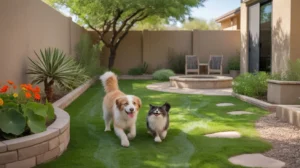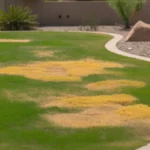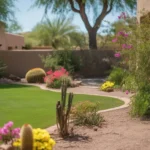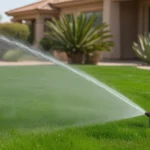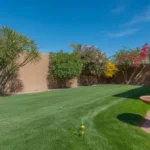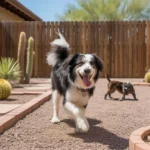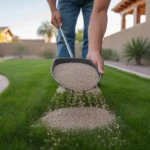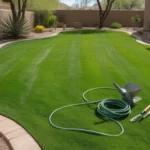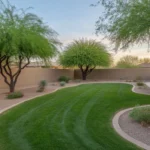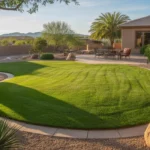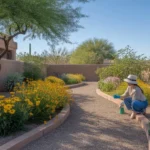As a pet owner in Gilbert, creating a safe and inviting outdoor space for your furry friends is a top priority. However, even with the best intentions, it’s easy to make mistakes when preparing your yard for pets. To ensure your beloved companions can enjoy your backyard oasis without any risks, be aware of these common pet-safe yard prep pitfalls.
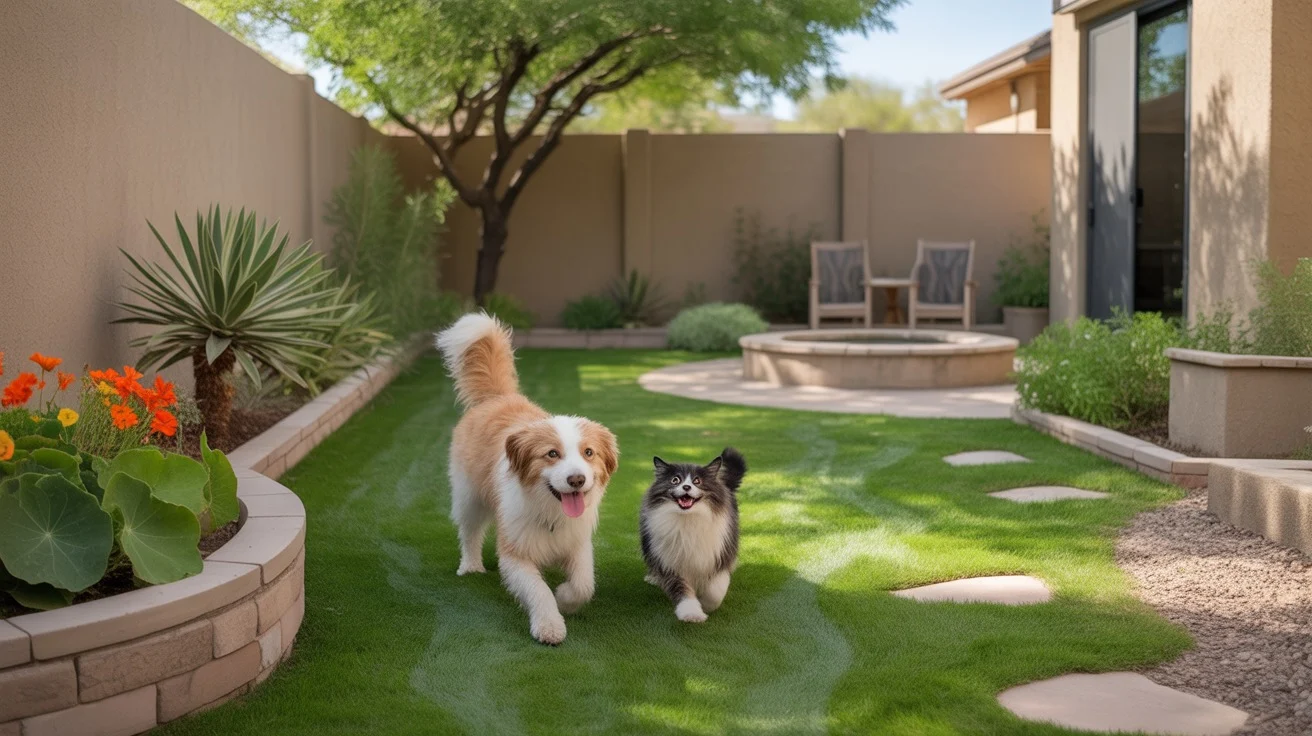
Overlooking Toxic Plants
One of the most significant mistakes pet owners make is not researching which plants are toxic to their pets. Many common landscaping plants, such as oleander, sago palm, and lilies, can be harmful if ingested by dogs or cats. Before planting anything new in your yard, consult the ASPCA’s list of toxic and non-toxic plants to ensure your selections are pet-safe.
If you discover any existing toxic plants in your yard, remove them immediately or relocate them to areas inaccessible to your pets. Replace them with pet-friendly alternatives like African daisies, snapdragons, or nasturtiums, which can add color and interest to your Gilbert yard without posing a risk to your furry friends.
Improper Use of Pesticides and Fertilizers
Another common mistake is using pesticides and fertilizers without considering their potential impact on pets. Many chemical products can be harmful if ingested, inhaled, or absorbed through the skin. When treating your lawn or garden, opt for pet-safe, organic alternatives whenever possible.
If you must use chemical products, always follow the manufacturer’s instructions carefully and keep your pets away from treated areas until the products have dried or settled. Store all pesticides and fertilizers in secure, out-of-reach locations to prevent curious paws from accessing them.
Neglecting Water Feature Safety
Water features like fountains, ponds, and pools can add a refreshing touch to your Gilbert yard, but they can also pose risks to pets. Ensure that any water features are designed with pet safety in mind, with gradually sloping sides or steps to allow easy exit if your pet falls in.
Keep water features clean and well-maintained to prevent the growth of harmful bacteria or algae that could make your pet sick if ingested. If you have a pool, consider installing a pet-safe pool cover or fence to prevent unsupervised access.
Insufficient or Unsuitable Fencing
Fencing is crucial for keeping your pets safe and secure in your yard, but not all fences are created equal. Common mistakes include installing fences that are too low for your pet to jump over, have gaps that allow them to squeeze through, or are made of materials that could cause injury, such as splintered wood or exposed nails.
When selecting a fence for your pet-friendly yard, consider your pet’s size, agility, and any specific needs they may have. Opt for a sturdy, high fence with no gaps, and ensure that gates latch securely. Regular fence maintenance is also essential to keep your pet safe and prevent escape attempts.
Ignoring Pet-Specific Needs
Finally, don’t forget to tailor your yard to your pet’s specific needs and preferences. For example, dogs may appreciate a designated digging area or a shaded spot to relax, while cats may enjoy climbing structures or hiding places. By providing pet-specific features and amenities, you can create a yard that not only keeps your furry friends safe but also enriches their outdoor experience.
By avoiding these common pet-safe yard prep mistakes and prioritizing your pet’s well-being, you can create a beautiful and secure outdoor space that both you and your furry companions will love. With careful planning and attention to detail, your Gilbert yard can be a true haven for your beloved pets.

